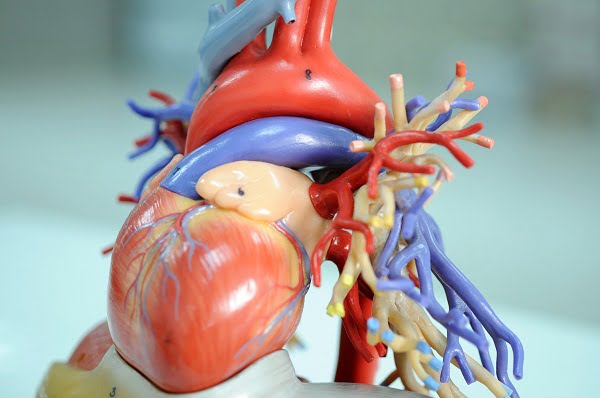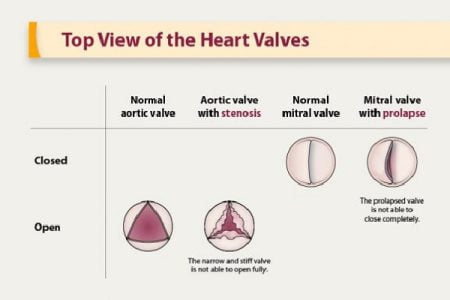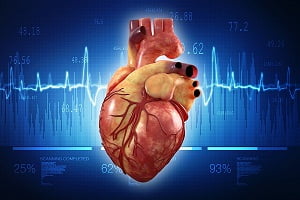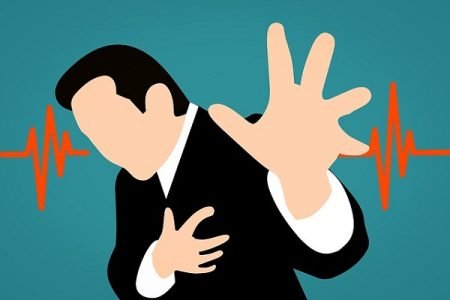What Is Coronary Heart Disease?
- Updated on: Jul 29, 2024
- 2 min Read
- Published on Feb 21, 2021

The disease generally starts with the collection of the cholesterol in the arteries and blood vessels walls from a young age. The risk rises majorly for a heart attack and stroke or blood clotting as you become older.
Coronary Heart disease also termed as CAD (Coronary Artery Disease) or IHD (ischemic heart disease) develops when there is a collection of fatty substances such as cholesterols in the coronary arteries. Our heart is a muscle which is involved in the purification and supplying of the oxygen rich blood in the whole body through arteries and then back for purification through veins to lungs and heart.
How Does Coronary Artery Disease Develop(Atherosclerosis) ?
As the age of a person increases, daily activities become different. In particular, due to improper lifestyle, unnecessary consumption of cholesterols happens. A reduction in the blood flow is not yet recognizable in the beginning, but as fatty deposits or plaques build up in the coronary arteries, signs and symptoms may start occurring. Over time, the walls of your arteries become furred up with fatty deposits. This process is termed as atherosclerosis. The build-up of plaque happens over several years. Over time, plaque can harden or even rupture leading to a cardiac arrest or heart attack suddenly.
Fast Facts on Coronary Heart Disease
- Coronary heart disease was responsible for about 23 percent of all deaths in the United States, in 2008.
- Most important signs and symptoms of coronary heart disease include chest pain or discomfort and shortness of breath
- Angina, heart failure, and heart attack results due to coronary heart disease
- According to the Centers for Disease Control and Prevention (CDC), approximately 735,000 Americans have a heart attack each year
- Not everyone may experience the same symptoms. Some people may even not show any signs before the disease is diagnosed.
- Prevention of the disease is possible to a large extent by eating a healthy diet, taking out time for exercise regularly, maintaining a healthy weight and avoiding smoking.
- According to certain studies, the heritability of the disease is estimated to be between 40% and 60%
- Experts say that up to 90% of cardiovascular diseases may be prevented if the established risk factors are avoided
Your Heart
Your heart is a big muscle about the size of your fist. Its function is to pump blood in your body. Your heart beats about 70 times a minute. The blood leaves the heart and then goes to your lungs where it is enriched with oxygen.
The oxygen-rich blood then returns to your heart and is then supplied to the various organs through a network of arteries. The blood returns to your heart from the organs through veins before it goes again to be pumped back to your lungs for oxygen enrichment. The entire process is called blood circulation.
Your heart also requires-oxygen rich blood for its own functioning. Its own supply of blood is met through a network of blood vessels on the heart’s surface. These are called coronary arteries. Coronary artery disease is primarily caused when the function in these coronary arteries disrupts.












